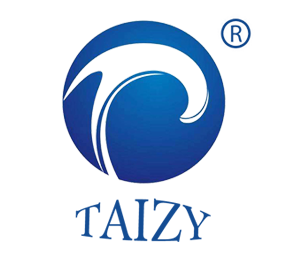Manual Seedling Machine VS Automatic Seedling Machine: Which One Suits You Better?
Nursery seeding equipment is now a popular trend among growers. In the face of a wide range of choices on the market, manual seedling machines (semi-automatic) have become the cost-effective choice for small farmers, home growers, and research institutes due to their unique advantages.
This article will help you clarify the core differences between manual and automatic models and find the most suitable seedling solution through multi-dimensional analysis.
Core advantages of manual seedling machine
- The traditional manual sowing is easy to lead to uneven distribution of seeds and varying depths, while the manual seedling machine can accurately control the spacing of sowing seeds (error ≤ 0.5cm) and the thickness of mulching soil (support 0.5-3cm adjustment) through the mechanical positioning holes and the adjustable depth device.
- Whether it is vegetable, flower or melon seeds, it can ensure that each seed gets the best growing space, and the seedling emergence rate is increased by more than 30%.
- The manual model seedling planter can finish sowing seeds by pressing with one hand. It can quickly switch between seeding trays with different hole diameters (supporting 32/72/128 hole hole trays), adapting to diversified planting needs.
- The manual model has low maintenance cost. Its durable materials and modular design, can be used for a long time, become the first choice of tools for start-up farms or home users.
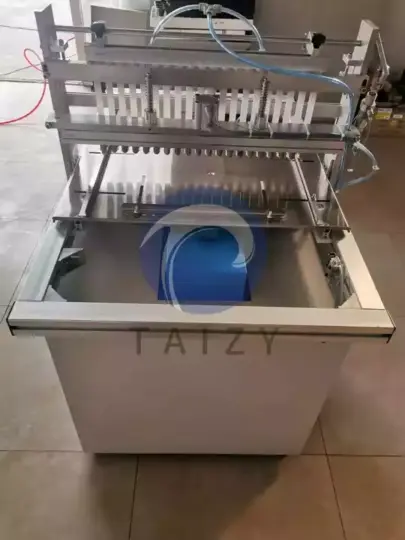
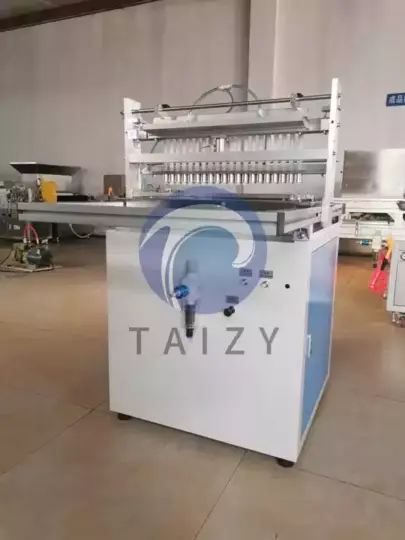
Manual vs Automatic nursery seeders
Cost comparison
- Manual: $1,000 equipment + zero consumable cost, suitable for small and medium-sized daily seeding capacity ≤ 500 trays.
- Automatic model: need to be equipped with electricity, sensors and automatic conveyor belt, high initial investment, suitable for large-scale farms with daily seeding capacity of more than 1,000 disks.
Operation complexity
- Manual model: 3 minutes to start, no manual, safe operation for the elderly and children.
- Automatic model: need to debug parameters, calibration equipment, need to be trained, failure maintenance rely on technical personnel.
Application scenarios
- Manual model: greenhouse, greenhouse, balcony, school laboratory full scene coverage, support customized seeding tray.
- Automatic models: rely on fixed assembly line, difficult to adapt to small-scale, multi-species planting needs.
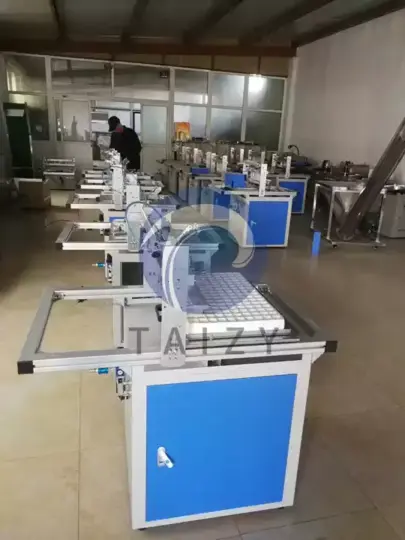
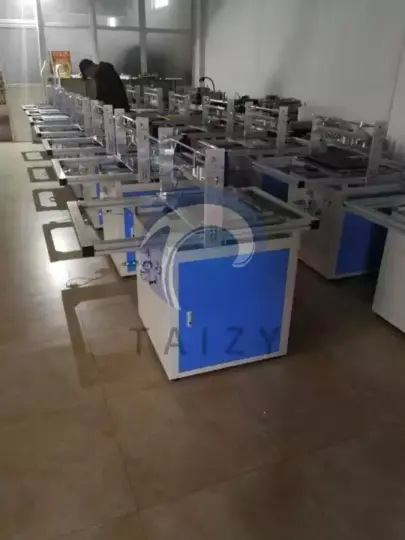
Full analysis of the application scene
In facility agriculture, the manual seedling machine can quickly complete the seedling of economic crops such as peppers, tomatoes, and so on. (Related Post: Semi-automatic Nursery Seed Sowing Machine For Vegetable Growing >>)
To 100 square meters of greenhouse, for example, 2 people operating equipment can complete the accurate sowing of 10,000 seedlings in 2 hours, the efficiency of the traditional manual 5 times.
Manual seedling machines are highly accurate, economical, and universal. The essence of choosing a tool is to choose a production model that suits you. For growers in pursuit of quality and cost-effectiveness, a manual seedling planter is undoubtedly the best choice to start the journey of efficient planting.
